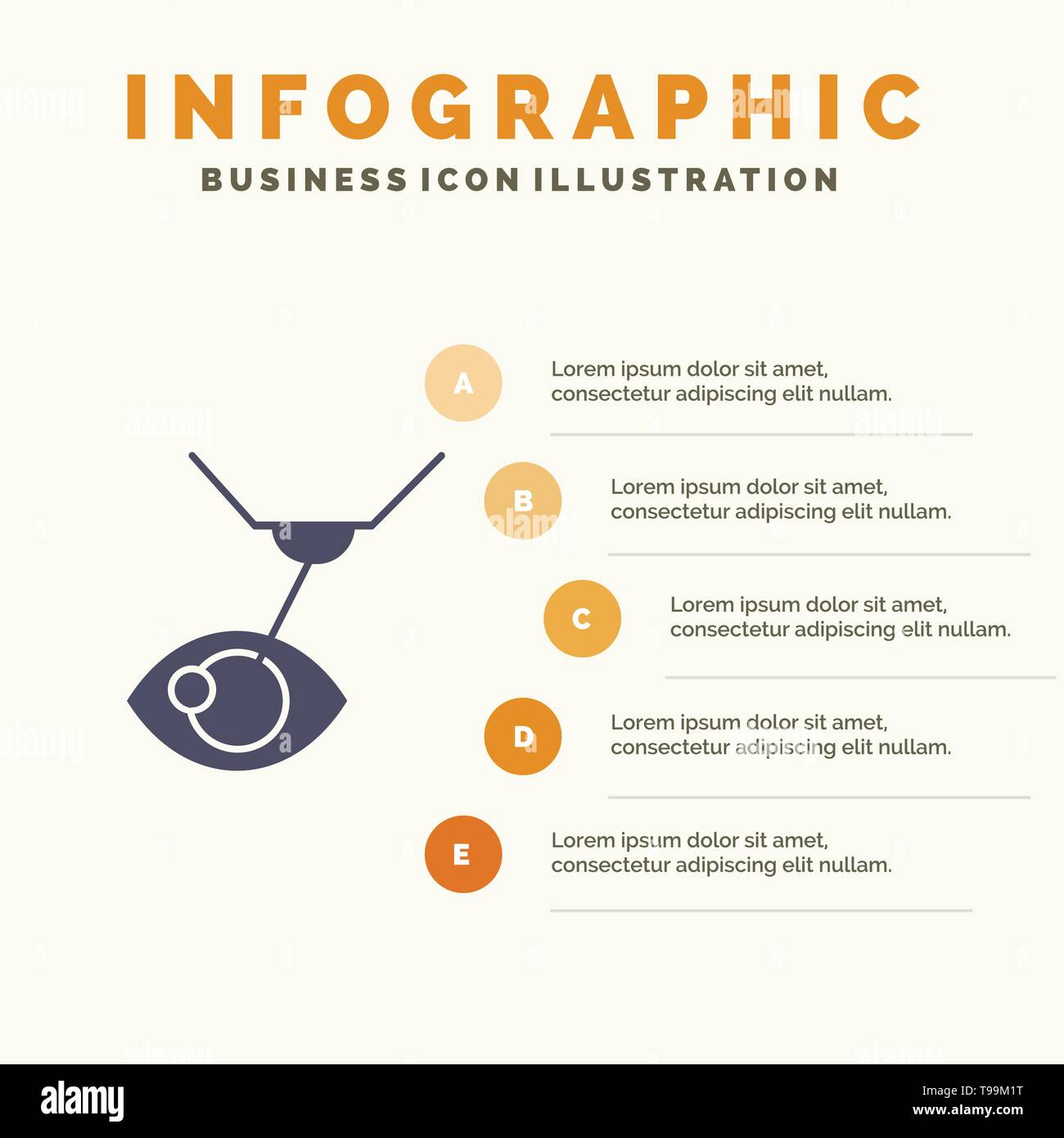Comprehending The Different Sorts Of Intraocular Lenses For Cataract Surgery

Staff Writer-Rask Sivertsen
During cataract surgical treatment, your all-natural lens is gotten rid of and also replaced with a man-made lens. Your surgeon will certainly review with you the various sorts of IOLs available to reduce or eliminate your need for glasses after surgery.
Basic IOLs have one concentrating range as well as are generally set for clear range vision. Premium IOLs, also called multifocal or accommodative lenses, have zones with different focusing strengths to enable you to see near and far objects without glasses.
Monofocal IOLs
Requirement monofocal lenses are used most frequently to correct cataracts during a treatment called refractive lens exchange (additionally known as clear lens exchange). The cataractous all-natural lens is changed with an artificial one, resulting in enhanced vision.
These IOLs offer clear vision at a solitary distance. They are typically readied to optimize your range vision, yet you will certainly still require checking out glasses for close to items.
These lenses are made from an acrylic product that is versatile and also collapsible. This enables your optometrist to place them right into the same laceration through which your all-natural lens was removed throughout surgical treatment. Your eye doctor can discuss your IOL alternatives with you and recommend the best course of action for your visual needs.
Multifocal IOLs
These superior lenses offer a range of emphasis regions, removing the demand for glasses to see up close, away or in between. This is attained via multiple particularly created focusing powers or by fitting (altering form) the lens. It may take a while for your mind to adapt to these lenses, however the vision they provide is well worth the effort!
These lenses are separated into 2 main groups based upon how they flex light to produce numerous retinal images. They can be categorized as refractive multifocal and diffractive multifocal lenses.
Refractive Multifocal IOLs have multiple curvatures to form "refractive zones" that bend light to generate multiple retinal images with various dioptric powers. This enables a higher level of image quality without hing on the size of the student. Instances include the Tecnis Multifocal and also Panoptix.
Toric IOLs
In individuals with astigmatism, the curve of the cornea is a little incomplete, so light going into the eye is not focused in one spot on the retina. This leads to blurred vision. During cataract surgical procedure, toric IOLs are lined up so the lens's steepest part matches this curve as well as generates clear, sharp vision.
Toric IOLs are a terrific choice for people that need cataract surgical procedure as well as intend to reduce their dependence on glasses or contact lenses. Nevertheless, a toric IOL needs to be flawlessly lined up for optimal aesthetic results. For https://telegra.ph/Comprehending-The-Lasik-Eye-Surgery-Procedure-Detailed-05-27 of misalignment, the IOL is 10% less efficient.
To decrease LASIK Fsa of postoperative IOL turning, the ocular viscoelastic tool (OVD) should be extensively removed from the capsular bag before IOL insertion. During this step, the doctor should very carefully mark the steepest point of the cornea to aid guide the IOL's axis after it is dental implanted. This aids protect against the patient from needing to undergo surgery once more to have the IOL re-aligned.
Prolonged Deepness of Focus (EDOF) IOLs
A new modern technology has recently emerged in the therapy of presbyopia called Extended Deepness of Focus (EDOF). These lenses use a single elongated centerpiece to boost range of vision. The resulting lenses do not have the numerous points of emphasis of multifocal IOLs, which can cause halos as well as glow for some clients.
An optimal EDOF lens would certainly offer a sharp focus over an array from plano to -1.50 D, permitting people to see near, intermediate, as well as distance things without glasses. The very first EDOF IOL to be presented was the diffractive design of the Tecnis Symfony IOL, which uses light-splitting rings to prolong the range of vision. Nevertheless, this style can cause a reduction in contrast level of sensitivity that numerous clients do not tolerate well.
A more recent non-diffractive EDOF IOL is the Vivity IOL, which combines aspheric optics with a pinhole style to increase deepness of focus. https://blogfreely.net/vicki17lieselotte/usual-myths-regarding-lasik-eye-surgical-procedure-debunked caused aberrations and might cause much better comparison sensitivity, though it does not totally proper for astigmatism or permit functional near vision.

